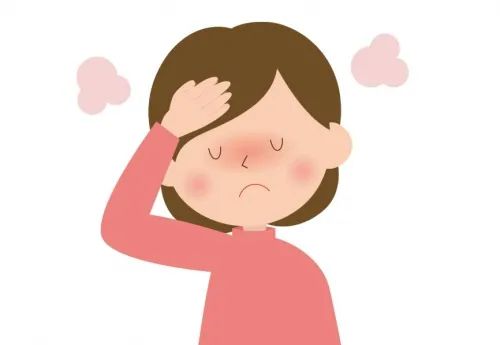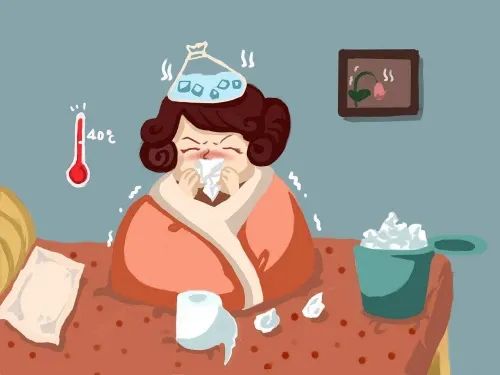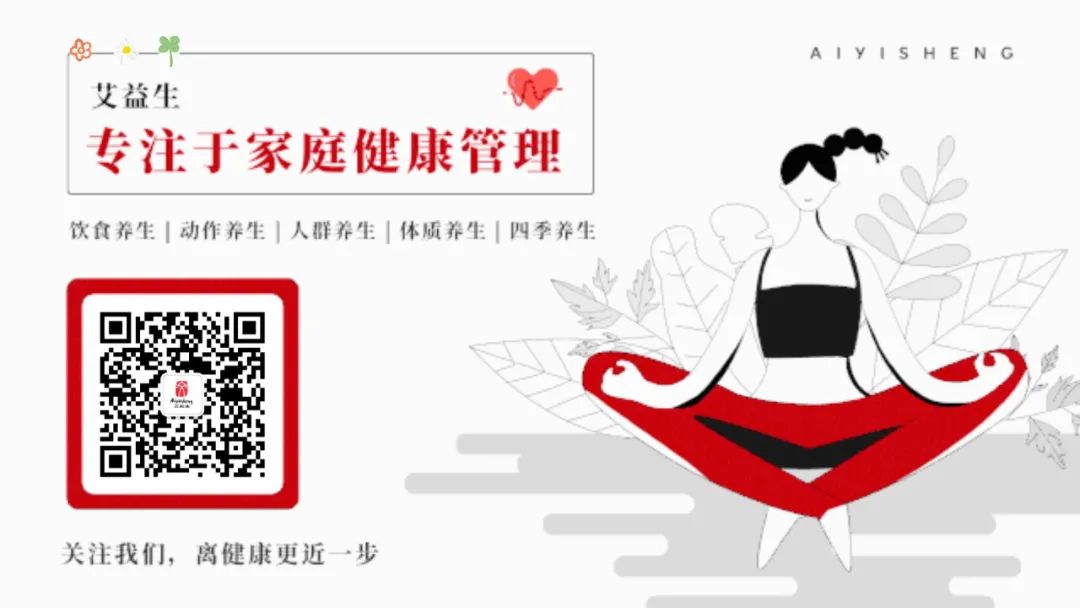Topics: Moxibustion | Gua Sha | Meridians | Acupuncture Points | Health Preservation | Regulation | Wellness
“Deficiency is treated with tonification, and excess is treated with drainage.” This is a fundamental principle in Gua Sha therapy. If one indiscriminately performs Gua Sha without distinguishing between deficiency and excess, it may not only fail to produce therapeutic effects but could also exacerbate the condition. Therefore, clearly identifying deficiency and excess is a crucial prerequisite for selecting health care techniques and is a significant factor in determining Gua Sha methods. So, what symptoms are considered “excess” and what symptoms are considered “deficiency”?
Traditional Chinese Medicine (TCM) posits that when a person falls ill, it is either due to external pathogenic factors or a deficiency of the body’s righteous qi (正气). The pathogenic factors are akin to what Western medicine refers to as viruses, bacteria, and other harmful elements, which TCM categorizes as “six excesses” (六淫) and “seven emotions” (七情); righteous qi corresponds to the body’s inherent resistance and immunity.

“Differentiating between deficiency and excess” (虚实辨证) is a diagnostic method used to assess the relative strengths of pathogenic and righteous forces.
Deficiency syndrome (虚证) manifests as symptoms resulting from insufficient righteous qi, while excess syndrome (实证) is characterized by symptoms arising from an overabundance of pathogenic factors. In simpler terms, when the body experiences various discomforts due to insufficient righteous qi, it is termed deficiency syndrome. Conversely, if the righteous qi is relatively strong but cannot withstand a powerful pathogenic factor, it is classified as excess syndrome. Among the nine body constitutions, Yang deficiency (阳虚), Yin deficiency (阴虚), and Qi deficiency (气虚) are all considered deficiency syndromes, while phlegm-dampness (痰湿), damp-heat (湿热), and blood stasis (血淤) can be classified as excess syndromes.
In addition to pure deficiency and excess syndromes, clinical practice may also observe mixed deficiency-excess syndromes, such as: excess pathogens injuring the righteous qi, deficiency leading to excess, upper excess with lower deficiency, upper deficiency with lower excess, and true deficiency with false excess, among others. Pure deficiency syndromes are relatively rare, while pure excess syndromes are more common, with mixed deficiency-excess syndromes being the most prevalent. Therefore, the balanced tonification and drainage technique is most frequently used in clinical Gua Sha practice.

 Excess Syndrome (实证)
Excess Syndrome (实证)
Excess syndrome is characterized by the presence of strong pathogenic factors and a robust ability of the body to resist disease, often resulting from external pathogens invading the body or from internal organ dysfunction and metabolic disorders leading to the accumulation of pathological products such as phlegm, dampness, and blood stasis.Generally speaking, excess syndrome is most suitable for Gua Sha treatment.
Due to the varying nature and location of the excess pathogens, the clinical manifestations of excess syndrome can be quite broad, primarily including high fever, flushed complexion, irritability, thirst for cold drinks, excessive phlegm, abdominal pain with tenderness, hard masses, short and red urination, constipation, thick and greasy tongue coating, and a large, slippery pulse.
>>> Clinical Manifestations
Exterior: Chills, fever, no sweating, headache, body aches;
Interior: Chest tightness, shortness of breath, abdominal distension and pain, pain with pressure, constipation, short urination, thick and greasy tongue coating, slippery and forceful pulse;
Cold: Cold body and limbs, acute abdominal pain, watery diarrhea, aversion to cold and preference for warmth, pale complexion, abdominal pain with tenderness, bowel sounds with diarrhea or phlegm sounds with cough, excessive saliva, clear and long urination, white and moist tongue coating, deep and slow yet forceful pulse;
Heat: Fever, flushed face, irritability and thirst, vomiting of yellow bitter fluid, constipation or loose stools, deep yellow color and foul odor, red and hot urination, yellow and greasy or dry tongue coating, slippery and rapid yet forceful pulse.

 Deficiency Syndrome (虚证)
Deficiency Syndrome (虚证)
Deficiency syndrome is characterized by insufficient righteous qi, often resulting from congenital deficiencies or postnatal imbalances, and can also be caused by diet, overwork, prolonged illness, excessive sweating, vomiting, diarrhea, blood loss, or loss of essence.
Deficiency syndrome encompasses a wide range, including deficiencies of Qi, blood, Yin, and Yang. Common clinical manifestations include pale or sallow complexion, emaciation, fatigue, shortness of breath, spontaneous sweating, nocturnal sweating, loose stools, urinary incontinence, dizziness, dry throat and mouth, five hearts heat (五心烦热), lower back pain, impotence, cold body and limbs, pale and swollen or withered tongue, glossy and peeled tongue coating, and weak or thin pulse.
>>> Clinical Manifestations
Exterior: Spontaneous sweating, aversion to wind, susceptibility to colds;
Interior: Shortness of breath, reluctance to speak, fatigue, body weakness, dizziness, reduced appetite, pallid complexion, weak and thin pulse;
Cold: Cold body, cold limbs, spontaneous sweating, abdominal distension and pain, loose stools, swollen and tender tongue, thin and weak pulse;
Heat: Low-grade fever or tidal fever, flushed cheeks, heat in palms and soles, nocturnal sweating, dry throat and mouth, red and glossy tongue with little moisture, thin and rapid pulse.

Generally speaking, excess syndrome is most suitable for Gua Sha treatment. So, does that mean deficiency syndrome is not suitable for Gua Sha? In fact, as long as the practitioner adheres to the principle of “deficiency is treated with tonification, and excess is treated with drainage,” there will be no mistakes.
1. Individuals with weak, deficient constitutions
Should use a gentle pressure and slow speed for tonifying Gua Sha. The duration should be short, and the areas treated should be limited. Just scraping until the skin is slightly warm and the pores are slightly open can stimulate and invigorate the righteous qi. When little or no bruising occurs, it is advisable to scrape through clothing or to massage acupuncture points that have tonifying effects, both of which can be beneficial.
2. Individuals with mixed deficiency and excess
Blood stasis constitution is a typical example, exhibiting both deficiency and excess. For mixed deficiency-excess syndromes, a moderate pressure and speed Gua Sha technique can be employed. The scraping duration should not be too long, and the amount of bruising should not be excessive, ensuring that the pores do not open too widely to expel pathogens without harming the righteous qi.
3. Individuals with excess constitutions
Should generally use a strong pressure and slow speed for balanced tonification and drainage Gua Sha. Typically, individuals with excess constitutions will bruise easily, and the therapeutic effects will manifest quickly. Regardless of whether bruising occurs, scraping should continue until the pores are opened, achieving the effect of expelling pathogenic factors.
Copyright Notice: If there are any copyright issues, please contact us for resolution.
Your attention and sharing will help more families learn about health preservation.Everyone can be the master of their own and their family’s health
 Use moxibustion to protect health, and achieve wealth and success with altruism!Scan for detailed consultation↓↓↓
Use moxibustion to protect health, and achieve wealth and success with altruism!Scan for detailed consultation↓↓↓ 

